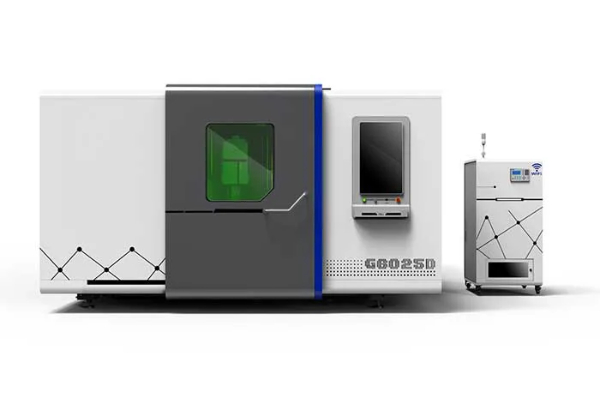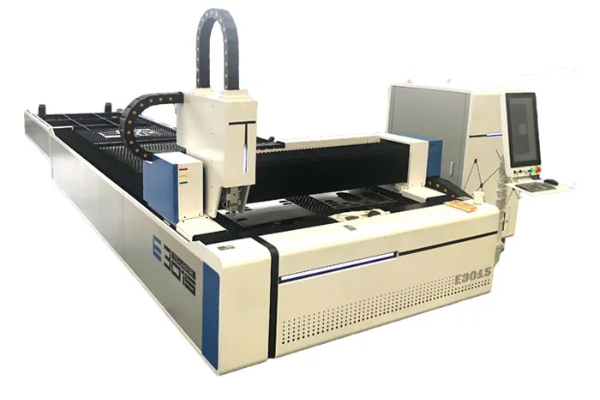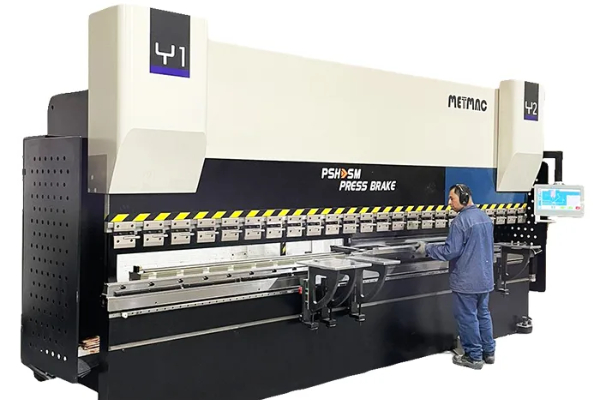
Types of Plate Rolling Techniques- Exploring Your Options
- By:Metmac
- 2024-07-26
- 118
Plate rolling is a metal fabrication process that involves bending a metal plate into a cylindrical or conical shape. This process is commonly used in the manufacturing of various industrial products, such as boilers, pressure vessels, and storage tanks. There are several different types of plate rolling techniques available, each with its own advantages and disadvantages.
Three-roll plate rolling is the most common type of plate rolling. It involves using three rolls, one of which is driven and the other two are idlers. The plate is passed through the rolls, which bend it into the desired shape. Three-roll plate rolling is a versatile process that can produce a wide range of shapes and sizes. It is also a relatively inexpensive process, making it a good option for high-volume production.
Four-roll plate rolling is a variation of three-roll plate rolling that uses four rolls instead of three. The fourth roll is located at the bottom of the machine and helps to support the plate as it is being rolled. Four-roll plate rolling is capable of producing more precise shapes than three-roll plate rolling. It is also better suited for rolling thicker plates.
Cone rolling is a type of plate rolling that is used to produce conical shapes. It involves using a cone-shaped mandrel to form the plate into the desired shape. Cone rolling is a specialized process that requires specialized equipment. It is typically used for producing small to medium-sized conical shapes.
Spiral rolling is a type of plate rolling that is used to produce spiral shapes. It involves using a spiral-shaped mandrel to form the plate into the desired shape. Spiral rolling is a specialized process that requires specialized equipment. It is typically used for producing small to medium-sized spiral shapes.
When choosing a plate rolling technique, there are several factors to consider, including:
The thickness of the plate
The desired shape of the plate
The volume of production
The budget
It is important to consult with a qualified metal fabricator to determine which plate rolling technique is best suited for your specific needs.
Three-roll plate rolling is the most common type of plate rolling. It involves using three rolls, one of which is driven and the other two are idlers. The plate is passed through the rolls, which bend it into the desired shape. Three-roll plate rolling is a versatile process that can produce a wide range of shapes and sizes. It is also a relatively inexpensive process, making it a good option for high-volume production.
Four-roll plate rolling is a variation of three-roll plate rolling that uses four rolls instead of three. The fourth roll is located at the bottom of the machine and helps to support the plate as it is being rolled. Four-roll plate rolling is capable of producing more precise shapes than three-roll plate rolling. It is also better suited for rolling thicker plates.
Cone rolling is a type of plate rolling that is used to produce conical shapes. It involves using a cone-shaped mandrel to form the plate into the desired shape. Cone rolling is a specialized process that requires specialized equipment. It is typically used for producing small to medium-sized conical shapes.
Spiral rolling is a type of plate rolling that is used to produce spiral shapes. It involves using a spiral-shaped mandrel to form the plate into the desired shape. Spiral rolling is a specialized process that requires specialized equipment. It is typically used for producing small to medium-sized spiral shapes.
When choosing a plate rolling technique, there are several factors to consider, including:
The thickness of the plate
The desired shape of the plate
The volume of production
The budget
It is important to consult with a qualified metal fabricator to determine which plate rolling technique is best suited for your specific needs.
Four-roll plate rolling is a variation of three-roll plate rolling that uses four rolls instead of three. The fourth roll is located at the bottom of the machine and helps to support the plate as it is being rolled. Four-roll plate rolling is capable of producing more precise shapes than three-roll plate rolling. It is also better suited for rolling thicker plates.
Cone rolling is a type of plate rolling that is used to produce conical shapes. It involves using a cone-shaped mandrel to form the plate into the desired shape. Cone rolling is a specialized process that requires specialized equipment. It is typically used for producing small to medium-sized conical shapes.
Spiral rolling is a type of plate rolling that is used to produce spiral shapes. It involves using a spiral-shaped mandrel to form the plate into the desired shape. Spiral rolling is a specialized process that requires specialized equipment. It is typically used for producing small to medium-sized spiral shapes.
When choosing a plate rolling technique, there are several factors to consider, including:
The thickness of the plate
The desired shape of the plate
The volume of production
The budget
It is important to consult with a qualified metal fabricator to determine which plate rolling technique is best suited for your specific needs.
Cone rolling is a type of plate rolling that is used to produce conical shapes. It involves using a cone-shaped mandrel to form the plate into the desired shape. Cone rolling is a specialized process that requires specialized equipment. It is typically used for producing small to medium-sized conical shapes.
Spiral rolling is a type of plate rolling that is used to produce spiral shapes. It involves using a spiral-shaped mandrel to form the plate into the desired shape. Spiral rolling is a specialized process that requires specialized equipment. It is typically used for producing small to medium-sized spiral shapes.
When choosing a plate rolling technique, there are several factors to consider, including:
The thickness of the plate
The desired shape of the plate
The volume of production
The budget
It is important to consult with a qualified metal fabricator to determine which plate rolling technique is best suited for your specific needs.
Spiral rolling is a type of plate rolling that is used to produce spiral shapes. It involves using a spiral-shaped mandrel to form the plate into the desired shape. Spiral rolling is a specialized process that requires specialized equipment. It is typically used for producing small to medium-sized spiral shapes.
When choosing a plate rolling technique, there are several factors to consider, including:
The thickness of the plate
The desired shape of the plate
The volume of production
The budget
It is important to consult with a qualified metal fabricator to determine which plate rolling technique is best suited for your specific needs.
When choosing a plate rolling technique, there are several factors to consider, including:
The thickness of the plate
The desired shape of the plate
The volume of production
The budget
It is important to consult with a qualified metal fabricator to determine which plate rolling technique is best suited for your specific needs.
-
The Advantages of Using a Sheet Roll Forming Machine in Manufacturing
2024/09/14 -
How to Optimize Your Laser Sheet Cutting Machine for Maximum Performance
2024/09/12 -
How to Maximize Efficiency with Modern Sheet Metal Working Machines
2024/09/04 -
The Environmental Benefits of Using Duct Board Grooving Machines
2024/09/03
-
Efficient Sheet Metal Cutting Solutions for Every Application
2025/06/19 -
Advanced Sheet Metal Cutting Solutions with CNC and Plasma Technology
2025/06/19 -
Precision and Efficiency with Electrical Press Brake Machines
2025/06/19 -
High-Performance Sheet Metal Laser Cutting Machines for Precision Fabrication
2025/06/15
-
A Guide to the Latest Innovations in Sheet Metal Folding Machines
2024/11/29 -
Key Features to Consider When Investing in a Sheet Metal Folding Machine
2024/11/28 -
Enhancing Precision with Advanced Sheet Metal Folding Machines
2024/11/27 -
How to Choose the Right Sheet Metal Folding Machine for Your Workshop
2024/11/26



